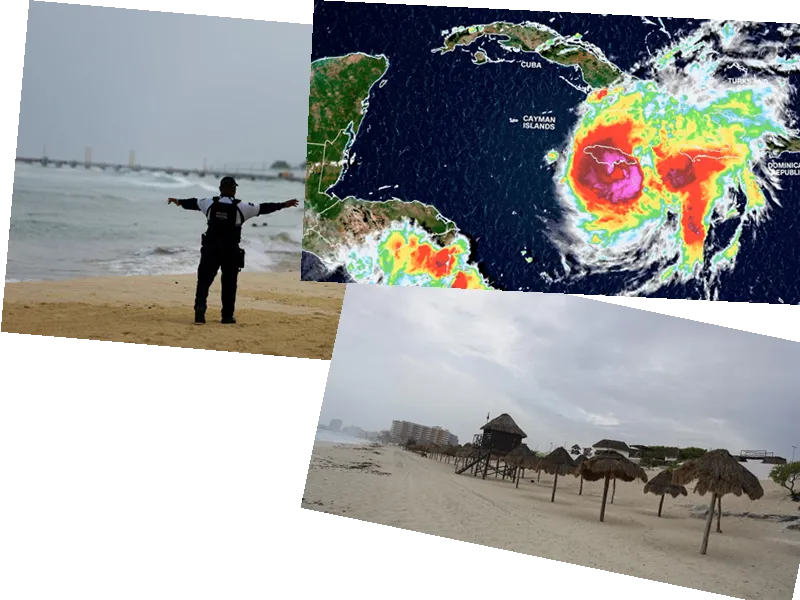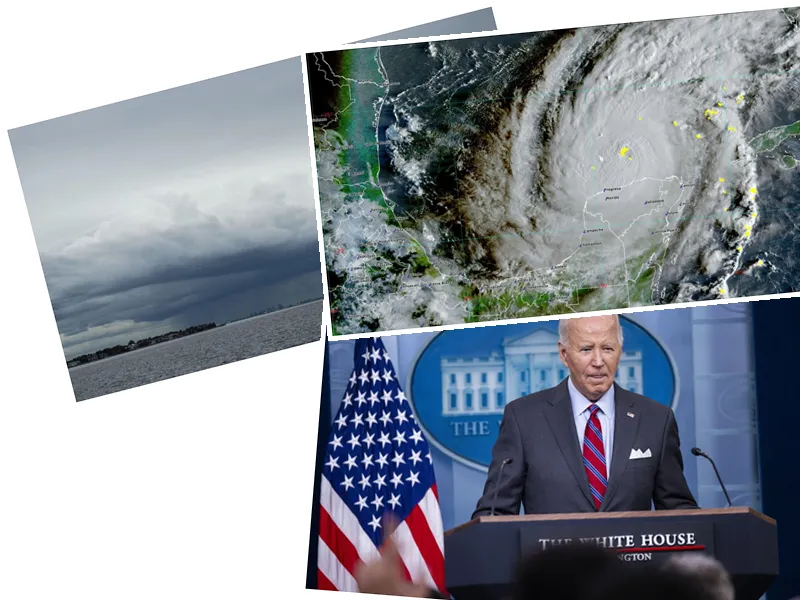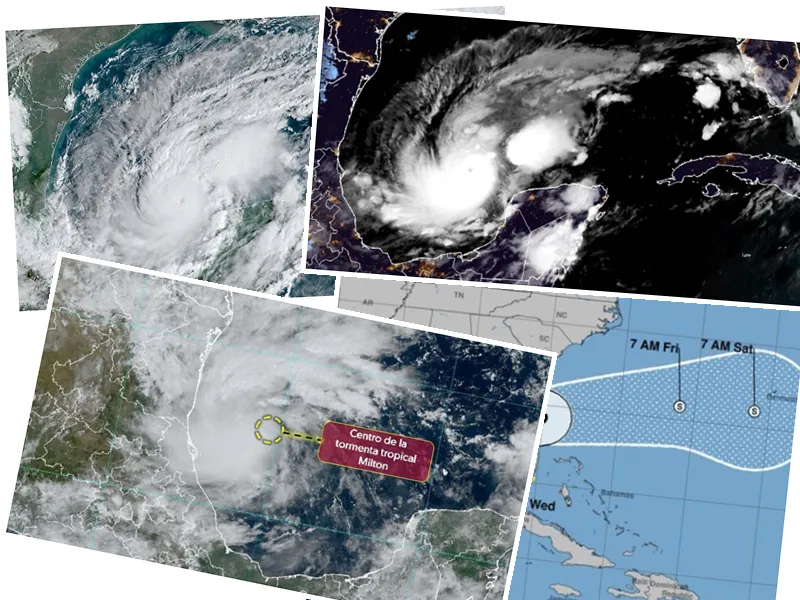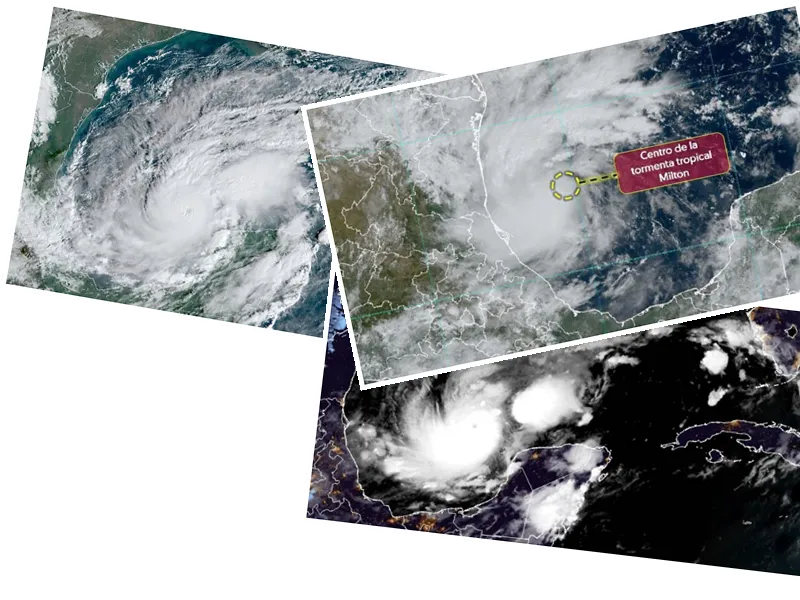Hurricane Beryl Strikes Mexico's Yucatan Peninsula
Hurricane Beryl made a powerful landfall near Tulum, Mexico, early Friday morning, becoming a Category 2 cyclone with sustained winds of 177 km/h. The storm, which had initially been expected to weaken before reaching Mexico, surprised authorities and residents by maintaining its strength. The National Hurricane Center (NHC) in Miami reported that Beryl had peaks of 160 km/h winds, with forecasts suggesting gusts up to 220 km/h and waves reaching six to eight meters high.
Impact on Local Communities and Tourism
The arrival of Hurricane Beryl has significantly impacted local communities and tourism in the region. In Quintana Roo, more than 150,000 people are estimated to be affected, and over 1,170 shelters have been set up in neighboring Yucatán for those in high-risk areas. The hurricane has disrupted the high season for summer vacations, with at least 284 flights canceled at Cancun airport, a major hub for tourists traveling to and from North and South America and Europe. Governor Mara Lezama of Quintana Roo has urged residents and tourists to seek safety, emphasizing the importance of staying indoors and following emergency protocols.
Emergency Measures and Historical Context
In response to the hurricane, the governments of Quintana Roo and Yucatán have declared a red alert, the highest level of danger. Schools have been converted into temporary shelters, public transportation has been suspended, and economic activities halted in the most affected areas. The Army has also been deployed to provide food and water to those in need. The hurricane has revived memories of past devastating storms, such as Hurricane Wilma in 2005 and Hurricane Otis last October, which caused significant destruction in the region. President Andrés Manuel López Obrador has advised people to prioritize their safety and move to higher altitudes or shelters if necessary.
- The NHC has projected that Hurricane Beryl will continue its path through the Yucatán Peninsula, the Gulf of Mexico, and eventually reach northwest Mexico and southern Texas. It is expected to weaken as it crosses the peninsula but may re-intensify over the Gulf of Mexico. Preparations are also underway in the state of Tamaulipas, which borders the United States.
- The hurricane has already caused significant damage in the Caribbean, claiming lives and causing widespread destruction. In Jamaica, over 400,000 people lost power, and homes were destroyed. The storm also caused flash flooding and mudslides in the Cayman Islands. King Charles III expressed his sorrow over the devastation caused by Beryl in several Caribbean countries.
- Climate scientists have linked the rapid intensification of hurricanes like Beryl to climate change, which warms ocean waters and fuels these storms. The American Weather Observatory (NOAA) had warned of an extraordinary hurricane season, with the potential for several Category 3 or higher hurricanes. The record heat levels in the North Atlantic have further contributed to the severity of these storms.






